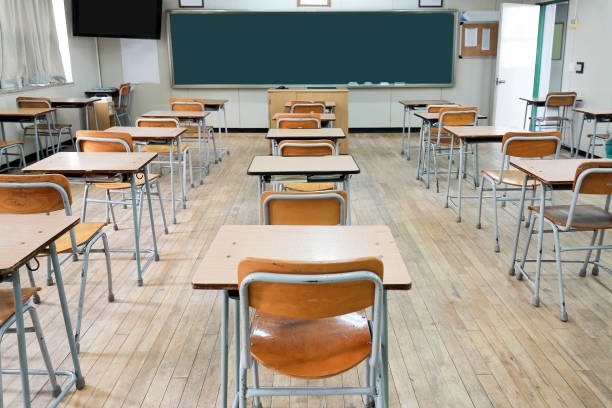What makes classroom furniture ideal for learning environments? How can the right pieces influence student performance and comfort? Let’s explore some essential tips for selecting the best furniture for classrooms that enhance learning and create a welcoming atmosphere.
Table of Contents
Prioritize Comfort
When choosing furniture for schools, comfort and ergonomics should be at the top of the list. Students spend a significant portion of their day sitting in classrooms, so desks and chairs must support good posture. Ergonomic furniture designs help minimize the risk of back pain and discomfort. This support is crucial for maintaining students’ focus and productivity throughout the day.
Adjustable chairs and desks can cater to different age groups and body sizes. This flexibility ensures that students of all ages have the right fit, allowing them to work comfortably. Prioritizing ergonomic options not only benefits students’ physical health but also contributes to a positive learning experience.
Consider Durability and Quality
Classroom furniture endures daily use, so durability is a key factor. For example, desks with laminated surfaces and steel frames are both sturdy and easy to clean. These materials are less prone to scratches and damage, ensuring that they remain in good condition for years.
Investing in durable furniture also means fewer replacements and lower maintenance costs over time. It’s a cost-effective approach that ensures classrooms remain well-furnished. Quality pieces contribute to an organized and better learning environment that supports effective teaching.
Choose Versatile and Functional Pieces
Versatility is an important consideration when selecting classroom furniture. Multi-purpose items such as tables with storage compartments or stackable chairs can save space and increase functionality. These types of furniture help create flexible learning environments that can adapt to different teaching styles and activities.
Moreover, choosing pieces that are easy to rearrange allows for quick classroom setups. This flexibility encourages collaborative learning and interactive sessions. Opting for versatile solutions supports dynamic teaching methods and promotes active participation.
Factors to Evaluate When Purchasing Classroom Furniture
When evaluating options, several factors come into play. These factors ensure that the final choice meets the needs of both students and teachers:
- Size and Proportion: Make sure desks and chairs are suitable for different age groups.
- Weight Capacity: Check that furniture can support various weights without compromising stability.
- Ease of Maintenance: Select furniture materials that are easy to clean and maintain.
- Safety Features: Look for rounded edges and non-slip feet to enhance safety.
- Color and Design: Select colors that create a calming and conducive learning environment.
- Mobility: Consider pieces with wheels for easier classroom reconfiguration.
By keeping these factors in mind, educators and administrators can make informed decisions that result in a more productive and enjoyable learning space.
Creating an Inclusive Learning Environment
School furniture should cater to all students, including those with special needs. Accessible seating options and adjustable desks are essential for creating an inclusive environment. These elements ensure that every student, regardless of their physical abilities, can participate fully in classroom activities.
Incorporating different seating arrangements, such as collaborative tables and quiet study areas, supports various learning styles. Providing diverse options helps accommodate students who prefer working alone as well as those who thrive in group settings. An inclusive classroom layout encourages every student to engage and feel valued.
Selecting the right furniture for schools is crucial for creating comfortable and functional classrooms. Considering factors such as ergonomics, durability, and versatility ensures that students can focus on learning in a supportive environment. With well-chosen furniture, educational institutions can foster a positive atmosphere that enhances student performance and well-being.
